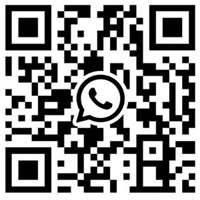The Low-Temperature Bending Resistance Tester is a specialized laboratory instrument designed to eva
WhatsApp: +86 13816217984
E-Mail :info@qinsun-lab.com

The tester adheres to international standards for material testing at low temperatures, including:
These standards ensure consistent evaluation of material behavior under thermal and mechanical stress.
| Parameter | Spezifikation |
|---|---|
| Temperature Range | -70°C to +200°C (adjustable via cryogenic cooling) |
| Bending Angle | 0–180° (adjustable for different material flex requirements) |
| Stroke Frequency | 50–300 cycles/min (programmable) |
| Sample Dimensions | 100 × 20 mm (standard for coatings/films); up to 300 × 50 mm (customizable) |
| Cooling System | Liquid nitrogen or mechanical refrigeration (LC-120 model) |
| Control System | PLC-based with 7-inch touchscreen (multilingual interface) |
| Power Supply | 220V/50Hz, 800W |
| Dimensions | 800 × 600 × 1500 mm (L × W × H) |
The tester operates by combined thermal and mechanical stress:
The Low-Temperature Bending Resistance Tester is indispensable for manufacturers developing products for extreme climates, ensuring reliability and compliance with regulatory standards. Its precision and adaptability make it a cornerstone of materials testing in harsh environments.
Haftungsausschluss: Die oben genannten Inhalte dienen ausschließlich zur Referenz und Kommunikation zwischen Brancheninsidern und garantieren ihre Genauigkeit oder Vollständigkeit nicht. Gemäß den einschlägigen Gesetzen und Vorschriften und den Vorschriften dieser Website sollten Einheiten oder Einzelpersonen, die verwandte Gegenstände kaufen, gültige Qualifikationen und Qualifikationsbedingungen erhalten.
Unternehmen Telefon
+86-21-6420 0566
Arbeitszeiten
Montag bis Freitag
Handy:
13816217984
Email:
info@qinsun-lab.com
